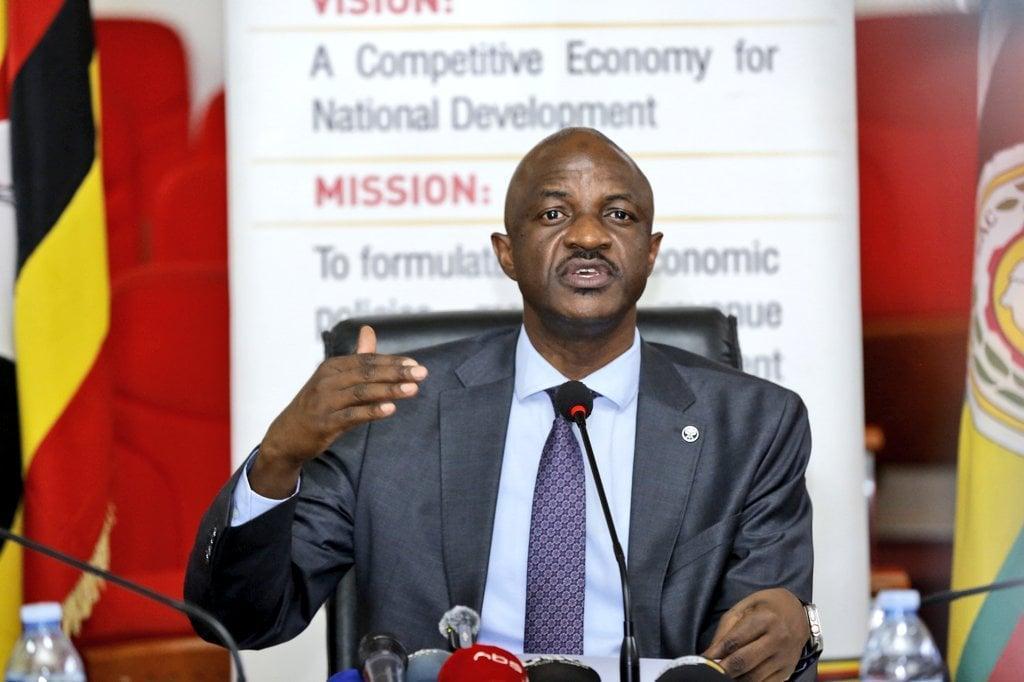Africa-Press – Uganda. Uganda’s journey toward becoming a $500 billion economy by 2035 hinges on empowering micro, small, and medium-sized enterprises (MSMEs), according to Ramathan Ggoobi, the Permanent Secretary and Secretary to the Treasury at the Ministry of Finance.
Speaking during a national budget release briefing, Ggoobi outlined a strategic framework anchored on six key priorities designed to unlock enterprise growth and drive inclusive development.
These include expanding financial inclusion to improve access to capital, recapitalizing public financial institutions to increase their lending capacity, and fast-tracking the operationalization of regional standards laboratories to enhance the quality of Ugandan products for regional and global markets.
The government also plans to finalize the establishment of free trade zones to attract foreign direct investment and promote export-led industrialization, while concurrently rolling out enterprise support systems and cost-reduction interventions to ease the operational burden on local businesses.
Ggoobi emphasized that small businesses will be the engine behind this transformation.
“Facilitating the growth of small businesses into larger, competitive firms is essential if we are to achieve our $500 billion economy vision by 2035,” he said.
He further stressed the need to confront structural challenges head-on, noting, “This is the bottleneck we must address to unlock Uganda’s full economic potential.”
Currently, MSMEs account for about 90 percent of all businesses in Uganda and contribute over 80 percent to the country’s manufacturing output.
They employ more than 2.5 million people across 1.1 million enterprises and contribute an estimated 75 percent to national GDP.
However, the sector is dominated by micro-enterprises, which make up 93.5 percent of the total. Only 4.1 percent qualify as small businesses and a mere 2.4 percent as medium-sized.
Despite their immense contribution to the economy, MSMEs face daunting hurdles—chief among them the high cost of financing. Uganda’s average lending rate stands at 18.6 percent, the highest in East Africa.
In addition, poor transport infrastructure, unreliable electricity, and expensive ICT services continue to choke enterprise competitiveness and scalability.
Ggoobi said the government’s approach will be to tackle these persistent barriers while creating a business environment where MSMEs can thrive, scale, and transition into more productive, export-ready entities.
With a sharpened focus on enterprise development and strategic economic reforms, Uganda is hoping to leverage its entrepreneurial ecosystem as a springboard toward middle-income status and long-term prosperity.
For More News And Analysis About Uganda Follow Africa-Press






